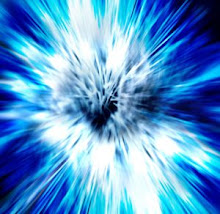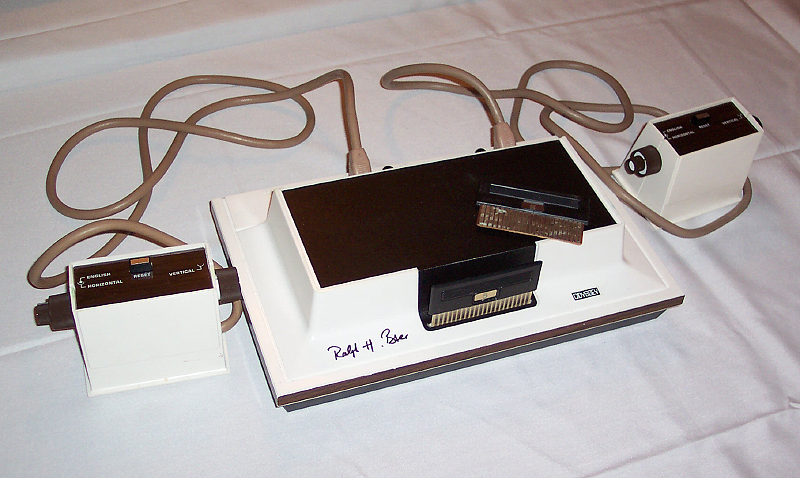(Pic isn't working, stay tuned)
And now for one of the most loved games of all time, the game that captured the hearts of millions with a puppet-possessing star, the game with one of the most catchy tunes of all time, it's named... Well, if you read the title you'd know. And what good gamer doesn't know the title of this game? Its original release date being March 9, 1996, this game was one of the last games Square (now Square Enix) made with Nintendo.
Story:10/10
I know, I know, either I give a great review or a horrible one. But here, I really mean my rating. Unlike most Mario games out there, this one doesn't deal with the regular Bowser-kidnaps-Peach-then-Mario-rescues-her, but instead, Peach isn't the victim. Wishes are. You see, there is a magical place above the skies, the Star Road. And I don't mean cars driving 30,000 feet in the air. The Star Road grants the various wishes requested by people, whether it is wedding wishes or wishes of hope. However, a sentient gigantic sword, Exor, falls from the heavens and stabs through Bowser's Castle (where Mario and Bowser are having another battle to save the princess), shattering the Star Road in the process, which breaks into 7 stars that scatter all over the world. Meanwhile, Mario, who has landed right back in the Mushroom Kingdom, informs the chancellor of what was happened. He tells Mario to find Peach, and then investigate the sword. Along his way, he meets Mallow, who he helps recover a mysterious Frog Coin from a thief named Croco (and then joins his party). Upon coming back, he finds the Mushroom Kingdom has been overrun with enemies who claim they are from the Smithy Gang, a group bent on world domination headed by one named Smithy, who turn out to be the same ones who sent Exor falling from the sky. He defeats them and their springy-knife leader, Mack, and finds a Star Piece, which he decides to keep. He and Mallow set off on their quest, later meeting a star-ish being who has entered the body of a wooden doll named ♥♪!? (but that's too hard to pronounce, so he calls himself the name of the doll, Geno) and helping him retrieve another Star Piece from a bow-like character, Bowyer. Afterwards, he tells Mario about the Star Road and the Smithy Gang and joins his party. Now with two goals in mind, Mario journeys with his new companions and comes across Bowser, who joins Mario to regain his castle, and finally Peach, whom he rescues from a childish, ugly man by the name of Booster who wants to make Peach his bride, making his last two companions. In the end, the group gets the Star Pieces, defeats the robotic Smithy, and repairs the Star Road.
(Wow, that was long.)
Gameplay: 10/10
I used to spend countless hours just trying to get past the tricky-but-awesome battles and the tricky-but-a-little-less-awesome overworld.
You'll do the same trying to get past such terrors as the sunken ship of a pirate, a land full of cloud-people, and the most diabolical Geno's maze. In battles, you can choose 3 of 5 playable characters, Mario, Mallow, Geno, Bowser, and Princess Toadstool (Peach) (except for Mario, who you cannot switch out) to fight enemies: maybe one, maybe multiple. You have 5 options: attack, use a special attack (coming up later), use an item, simply defend, or run. As with most RPGs, as you defeat enemies, you gain experience, which helps you level up, and gold, which you obviously use to buy items. When you level up (max. level 30), you, also like most RPGs, increase your stats. However, you can also choose a stat to raise as a bonus: health, attack and defense, or magic attack and defense. Also, at certain levels, you get special abilities which can attack opponents, be used to buff your stats temporarily, heal you, and more. The amount of times you can use special abilities (Flower Points) can't be raised by leveling up; instead, you need to find items such as Flower Tabs and Flower Jars. Speaking of items, there are several in the game, most which you will need dearly, such as equips to boost your attack, defense, and other stats, Pick Me Ups, which revive fallen characters, and Kerokero Colas, which completely heal your party. Oh, and one last thing: When attacking enemies, be sure to hit the attack button twice at a certain beat to increase your damage. As for the overworld, it's pretty simple: Just navigate, run, jump, solve puzzles, and talk to everyone.
Graphics: 10/10
Another 10/10? Why? Because this game truly went above and beyond the maximum of the SNES' 16-bit graphics. Just look at the title picture. That looks almost nothing like a SNES game, and yet it is. It's as 3-D as one can go.
Pictures:





Overall: 10/10
To sum it all up in one word: AWESOMENESS. I'm totally glad they put this on the Virtual Console, and I would definitely put it in my Top 10 list of favorite video games.







